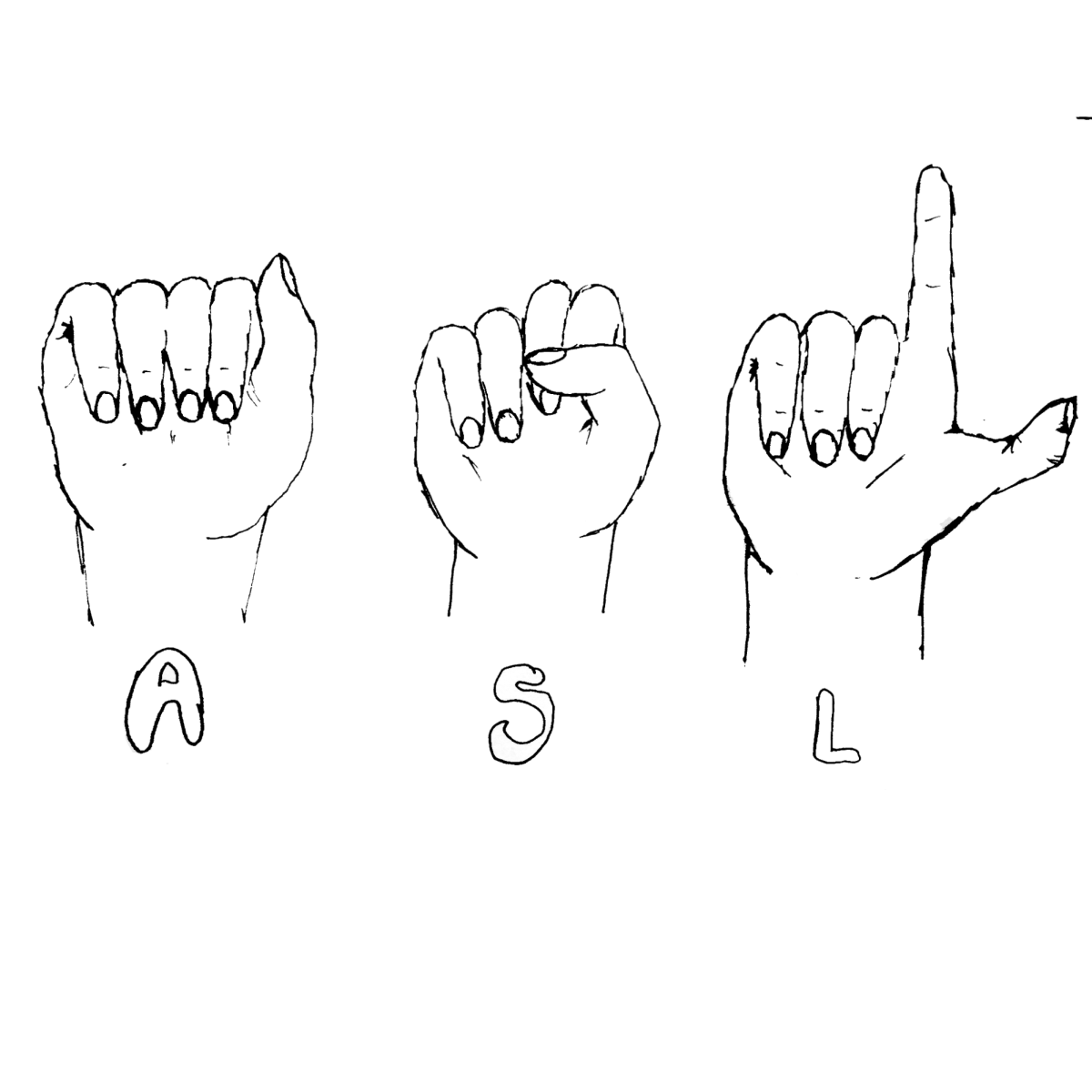With summer right around the corner, we are reminded of climate change, rising temperatures, and many other issues plaguing our Earth. Right now is a better time than ever to consider ways to contribute to our planet. Many ideas come to mind when thinking about ways to help the world, like recycling, planting gardens, or carpooling. However, there are so many other ways we can help our environment, and here is an idea you might have yet to think of.
Thrifting. In a world where fast fashion reigns supreme, thrifting and consignment stores emerge as the unsung heroes of personal finance and environmental stewardship. These establishments are not merely treasure troves of unique finds and vintage gems; they represent a pivotal shift in our approach to consumption and sustainability. Thrifting, often considered a niche hobby for the budget-conscious or vintage enthusiasts, has exploded into a mainstream movement, thanks in part to growing environmental concerns, the allure of circular fashion, popularization through main stream media, and of course from it being a budget friendly option. By embracing thrifting, you are not just shopping but taking control of your fashion choices and financial decisions.
The process is simple yet impactful: by purchasing second hand items, consumers extend the life of clothing, diverting waste from landfills and significantly reducing the demand for new garment production, which is notoriously resource-intensive. However, the benefits of thrifting extends beyond the environment. For savvy shoppers and sellers alike, consignment stores are also a great option. While thrift stores operate off of charitable donations most consignment stores will grant you profit for clothes that you are trying to sell. In an era of de-cluttering and minimalist living, many are turning to consignment to offload gently used items while earning back a portion of their investment. This model incentivizes goods recycling and democratizes access to quality apparel, allowing individuals to dabble in higher-end brands without the steep price tags. Your actions matter. By choosing to thrift, you’re saving money and positively impacting the environment and your community.
Moreover, in today’s society, thrifting is much easier than you think and can be done from the comfort of your home using online platforms like Poshmark and Thread Up. The thrifting and consignment landscape has revolutionized, making buying and selling pre-loved items from the comfort of one’s home more accessible than ever. Thrifting and consigning are more than just economic choices; they are acts of resistance against the relentless cycle of consumption and disposal that defines fast fashion. They encourage us to reconsider our buying habits, value quality over quantity, and see the potential in pre-owned items. As we look towards a more sustainable future, consider these tips the next time you prepare to switch up your wardrobe.
- Recycle and Donate: Organize your closet and separate clothes into piles, with one designated for thrift stores. Try your best to donate or sell your gently used items. Some brands even offer Recycling programs for their items.
- Take Advantage of Second-Hand Stores: Look for styles and trends you like in online second-hand stores. If you need help finding what you want online, try looking for it at thrift and consignment stores.
- Be Picky and Buy Less: While shopping for new items, try to shop intentionally by buying items that could last a long time. Ex: essential items that all styles use or items with durability
- Upcycle and DIY: If there are pieces in your closet that you enjoy wearing but have holes, try hemming them or upcycling them before throwing them away.













